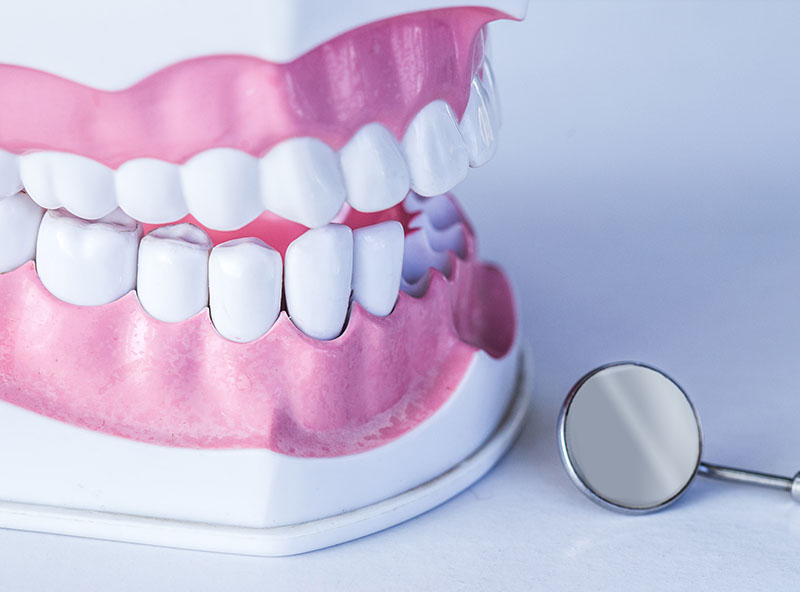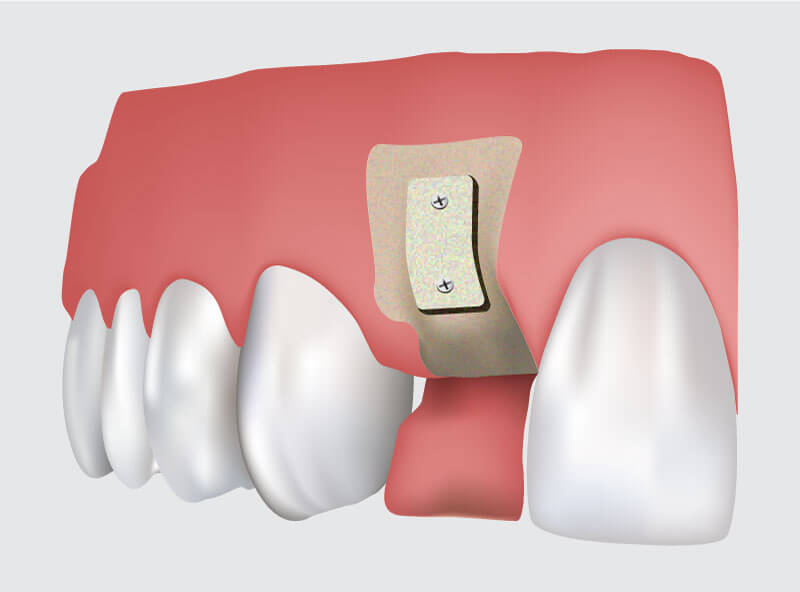What Is Bone Grafting?
If you have missing teeth you wish to replace, or are considering dental implants, a key factor that determines the success of the procedure and your future oral health is the amount of bone you have in your jaw. Proper jawbone volume is necessary for a variety of reasons, both for dental procedures and your oral health. If you have lost bone volume as a result of gum disease, oral trauma or bone deterioration, you may require bone grafting treatment. Bone grafting is an advanced dental procedure that includes the placement of a small amount of bone material where the bone is thinnest. This bone grafting material will fuse with your existing jawbone and form a sturdy, healthy level of bone to promote proper oral health and allow for future implant placement. This service helps us offer Woodbury, MN patients fully comprehensive dental implant care. You won’t have to visit other doctors or offices, saving you time, money and headaches in the future!





